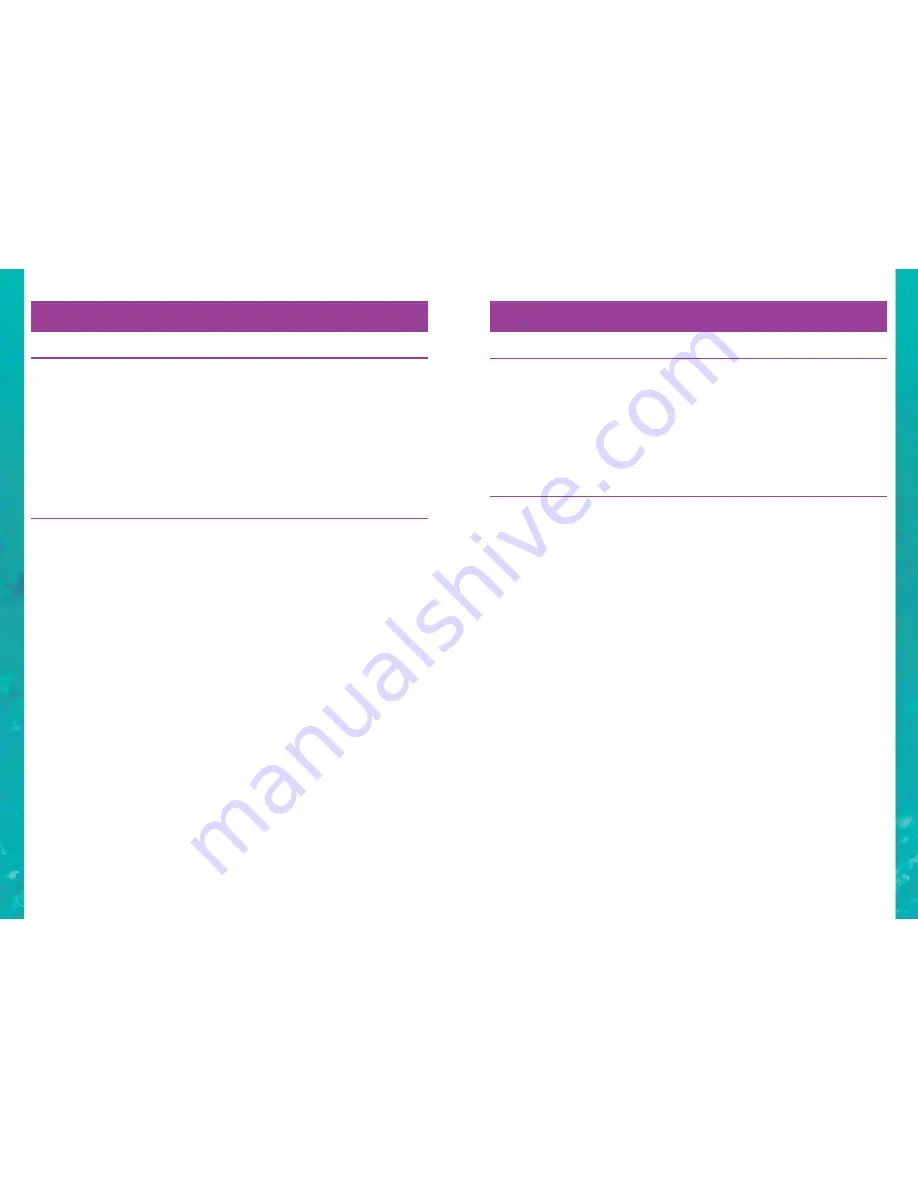
60
61
Experiment 11.4
Preparation of Fehling’s solution
• copper sulphate
• tartaric acid
• sodium hydroxide
solution
• 3 test tubes
To be able to test sugars in the next 3 experiments we need a special
test solution called
Fehling’s solution
.
Dissolve 1 measure of copper sulphate in 4cm of water in a test
tube. This is solution A.
Dissolve ½ measure tartaric acid in 4cm of your sodium hydroxide
solution in a second test tube. This is solution B.
When required in the following experiments you mix equal volumes
of solutions A and B in a third test tube. This is Fehling’s solution.
It is a blue liquid.
Experiment 11.5
Testing for glucose
• Golden Syrup
• Fehling’s solution
• teaspoon
• beaker
• 2 test tubes
• test tube holder or
wooden clothes peg
• clay pot
Glucose is one type of sugar. It is present in many foodstuffs such
as barley-sugar and Golden Syrup. Glucose reacts with Fehling’s
solution.
Using a clean teaspoon put ¼ teaspoonful of Golden Syrup into
your beaker and add ½ a test tubeful of hot water. Stir until the
Golden Syrup has all dissolved.
Put 1cm of the Golden Syrup solution into a test tube and make
Fehling’s solution by mixing 2cm of each of solutions A and B
prepared in Experiment 11.4 in a second test tube.
Add the Fehling’s solution to the Golden Syrup solution.
Add a piece of clay pot and boil the solution. What happens?
A green precipitate forms in the solution and this rapidly turns
orange as a copper oxide is formed. This is a test for glucose and
other sugars known as reducing sugars.
Is the copper oxide formed here the same as the copper oxide
supplied with this Chemistry Lab?
Experiment 11.6
Testing for sucrose
• sugar
• Fehling’s solution
• 2 test tubes
• test tube holder or
wooden clothes peg
• clay pot
The sugar that we are familiar with is sucrose.
Repeat Experiment 11.5 replacing the 1cm of Golden Syrup solution
with 1 measure of sugar dissolved in 1cm of water in a test tube.
What happens this time when you boil the solution?
Nothing happens because sucrose is not a reducing sugar.
Experiment 11.7
The conversion of sucrose to glucose
• sugar
• sodium hydrogen
sulphate solution
• sodium hydroxide
solution
• Fehling’s solution
• universal indicator paper
• 2 test tubes
• dropping pipette
• test tube holder or
wooden clothes peg
• clay pot
Sucrose can be converted to glucose by boiling it with an acid.
Dissolve 1 measure of sugar in 1cm of your sodium hydrogen
sulphate solution in a test tube. Add a piece of clay pot and boil
the solution gently for 5 minutes. Hold the test tube well above the
flame to
gently
boil the solution.
Allow the solution to cool and add Fehling’s solution as in
Experiment 11.5. As you have used an acid with the sugar you
need to now test the solution with universal indicator paper to be
sure that it is alkaline. The universal indicator paper should be
blue-violet. If the solution is acid (the universal indicator paper is
red) then add small quantities of your sodium hydroxide solution
drop-by-drop with the dropping pipette, and testing the solution
with universal indicator paper, until it becomes alkaline.
Add a piece of clay pot and boil the solution. The solution will go
green and then orange copper oxide is formed showing that a
reducing sugar is now present. Some of the sucrose has been
converted into glucose.
Chapter 11 - Some sugar chemistry
Chapter 11 - Some sugar chemistry




































